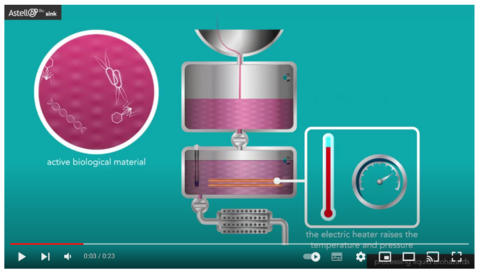
Effective management of liquid waste is crucial for laboratories engaged in genetic modification activities. The inadvertent release of genetically modified organisms (GMOs) can have severe consequences, including environmental hazards, biosecurity risks, and negative public perception. Therefore, it is imperative for GMO labs to prioritize decontamination and sterilization of laboratory waste before its disposal.
While autoclaves have long been relied upon to sterilize equipment and solid waste, they present a unique challenge when it comes to liquid waste. Typically, chemical disinfection is employed to minimize the risk of unintended release through spillage during handling, transportation, and disposal. However, this process takes time, requiring temporary storage of the liquids. Additionally, the use of chemical disinfectants poses health hazards to both users and the environment, particularly when the wastewater containing active elements enters waterways before complete breakdown.
To address these challenges, AstellBio has developed the AstellBio Sink—a purpose-built autoclave designed specifically for the sterilization of liquid waste. This innovative solution not only reduces the reliance on chemical disinfection prior to autoclaving but also offers a range of other benefits. The Sink, conveniently positioned at bench height, minimizes the risk of spillage during disposal. Moreover, it eliminates the need for manual handling at every stage of the process, as it automatically holds, autoclaves, and disposes of the liquid waste.
Furthermore, the AstellBio Sink ensures the validation of each sterilization cycle through the use of a spore test. An external biowell within the sterilization tank allows for the verification of the effectiveness of the autoclave cycle. By implementing the AstellBio Sink in your GMO lab, you can enhance waste management practices and mitigate the risks associated with the spread of GMOs.
For more information on how the AstellBio Sink can benefit your GMO lab, and to get the full story on how it works, please visit the AstellBio website here.




